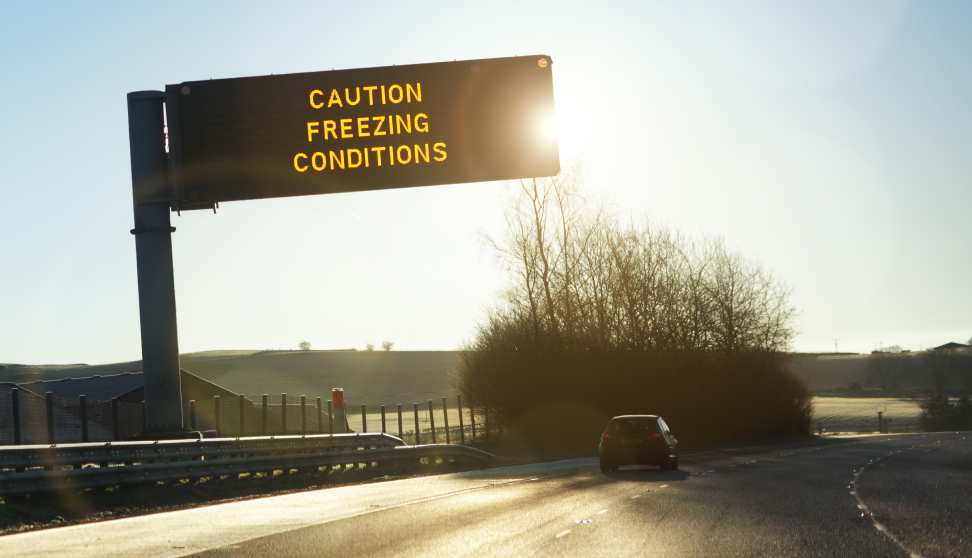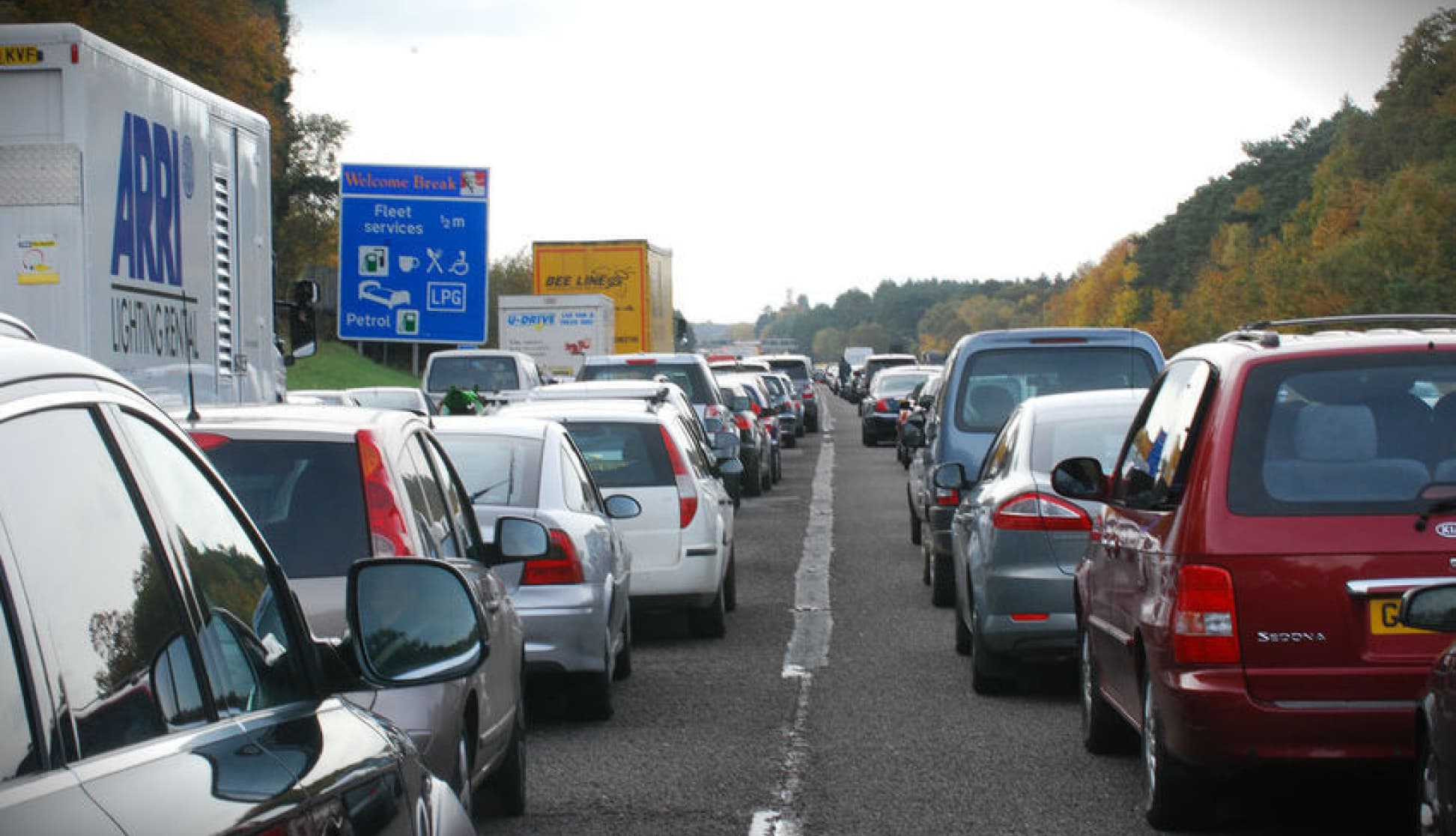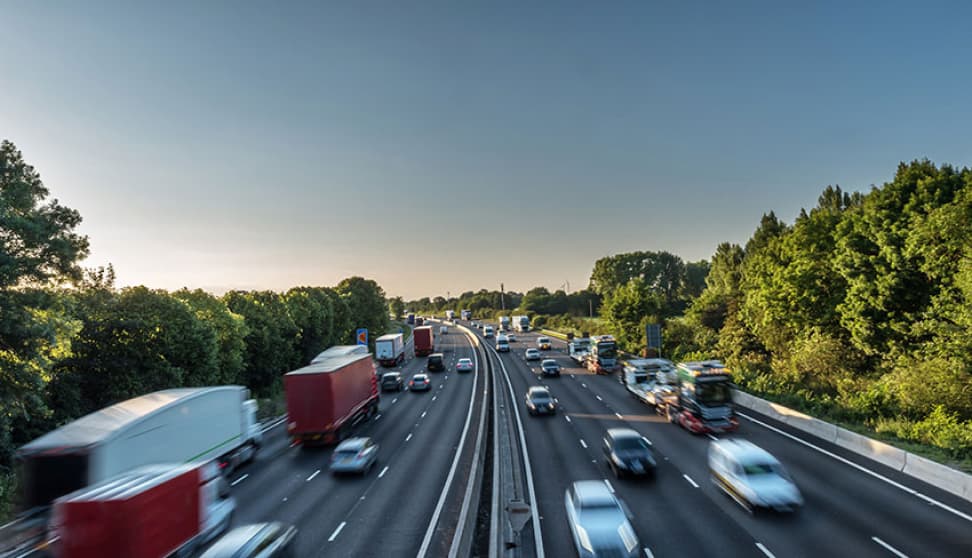Motorists have been urged to take extra care, with temperatures forecast to plummet and the possibility of snow in days to come.
Forecasters are predicting freezing temperatures during next week. As a result, road journeys are likely to be more difficult and treacherous, with ice on roads, falls of snow and reduced visibility because of fog.
Road safety and breakdown organisation GEM Motoring Assist is encouraging drivers to plan ahead and be ready to postpone journeys if necessary.
However, for those who will need to travel, GEM offers some simple safety tips to reduce the chance of risk, delay and difficulty – and to avoid putting additional strain on the emergency services and breakdown providers who are likely to be at full stretch in winter weather.
How to drive in poor weather conditions
- Don’t drive if you don’t really need to. The easiest way to avoid trouble from winter conditions is to postpone your journey.
- If you do have to travel, ensure your car is properly equipped for the likely conditions. That’s because if you do experience a breakdown, you may have to wait longer until help arrives. So get a winter check-up completed on your car – or at the very least ensure the battery is in the best possible shape.
- Listen for weather updates, and plan your travel accordingly.
- Ensure your windscreen and all other windows are completely clear of snow and ice before you set out. Give your lights and number plate a good wipe, too.
- Prepare a set of essential items to take with you, including shovel, fully charged mobile phone, torch, ice scraper, food, water, jump leads, first aid kit, warm clothes and a supply of sand or gravel to assist with grip if your wheels are spinning.
- In winter conditions, keep your speeds down, leave plenty of space between yourself and the vehicle in front, give room to snowploughs and gritter trucks, and be ready for sudden, rapid deteriorations in conditions.
- Remember that driving in conditions like this is hard work. You are likely to become tired much more quickly than in less challenging conditions. So, ensure you build in breaks on your journeys.



